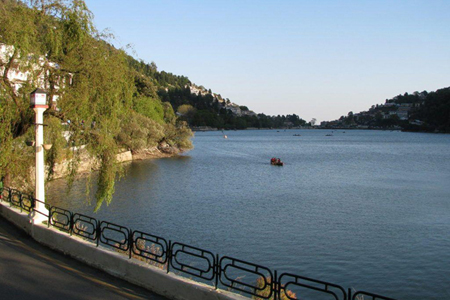Uttarakhand
Uttarakhand is an amalgamation of the two hilly divisions of former Uttar Pradesh, Kumaon and Garhwal, the regionThat is known according to Hindu legends as Devabhoomi (land of the gods). Both the divisions, though they areSpelled in the same breath, show sufficient diversity in their history, culture, and ethnicity so much so that they are Often considered separately. The Garhwal Himalayas have nurtured civilization from the wee hours of history.
Why Book With Us?
We offer best tour packages, special discounts and a seamless online booking experience.
Assured Best Rates
24x7 Customer Support
One Stop For All Travel Service
Instant Deals On Holiday Package
About Uttarakhand
Uttarakhand is an amalgamation of the two hilly divisions of former Uttar Pradesh, Kumaon and Garhwal, the regionThat is known according to Hindu legends as Devabhoomi (land of the gods). Both the divisions, though they areSpelled in the same breath, show sufficient diversity in their history, culture, and ethnicity so much so that they areOften considered separately. The Garhwal Himalayas have nurtured civilization from the wee hours of history. It appearsto have been a favorite locale for the voluminous mythology of the Puranic period. The traditional name of Garhwal wasUttarakhand and excavations have revealed that it formed part of the Mauryan Empire. It also finds mention in the 7th-century travelogue of Huen Tsang. However, it is with Adi Shankaracharya that the name of Garhwal will always belinked, for the great 8th-century spiritual reformer visited the remote, snow-laden heights of Garhwal, established a Math (Joshimath) and resorted some of the most sacred shrines, including Badrinath and Kedarnath.
Humankind has been around in Kumaon for a very long time. Evidence of Stone Age settlements has been found in Kumaon, particularly the rock shelter at Lakhu Udyar. The paintings here date back to the Mesolithic period. The early medieval history of Kumaon is the history of the Katyuri dynasty. The Katyuri kings ruled from the seventh to the 11th century, holding sway at the peak of their powers over large areas of Kumaon, Garhwal, and western Nepal. The town of Baijnath near Almora was the capital of this dynasty and a center of the arts. Temple building flourished under the Katyuris and the main architectural innovation introduced by them was the replacement of bricks with hewn stone. On a hilltop facing east (opposite Almora), is the temple of Katarmal. This 900-year-old sun temple was built during the declining years of the Katyuri dynasty. The intricately carved doors and panels have been removed to the National Museum in Delhi as a protective measure after the 10th-century idol of the presiding deity was stolen. After an interregnum of a couple of centuries, the Chands of Pithoragarh became the dominant dynasty. The magnificent temple complex at Jageshwar, with its cluster of a hundred and sixty-four temples, was built by the Chand rulers over two centuries. Dedicated to Lord Shiva, the evocative carvings are complemented by the beautiful cedar forest around it.
Best Selling Uttarakhand Packages
WhatsApp us





